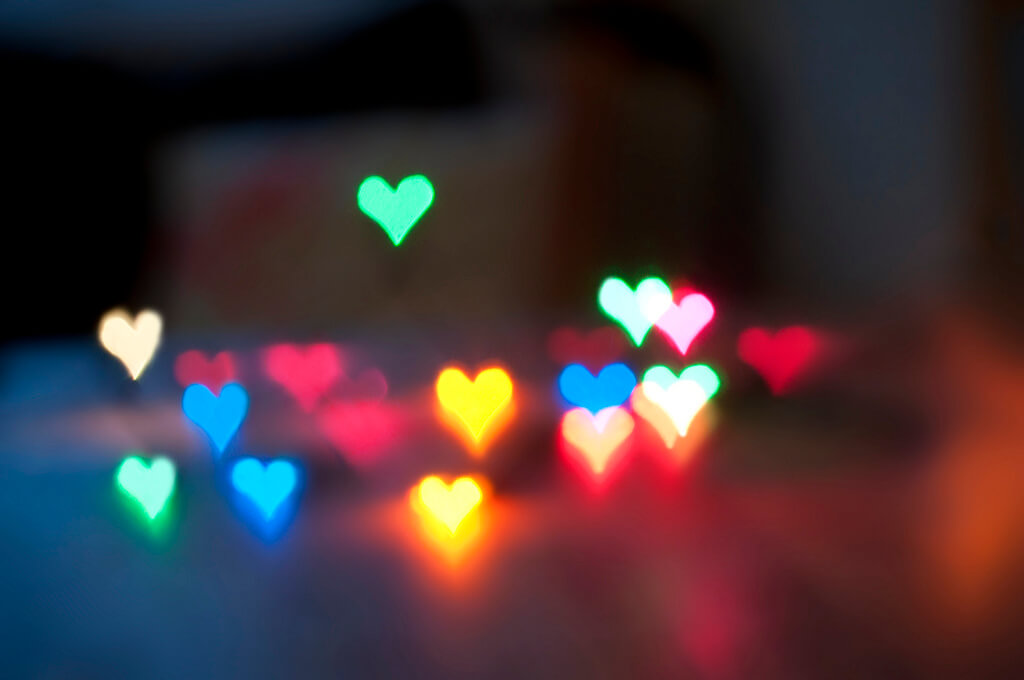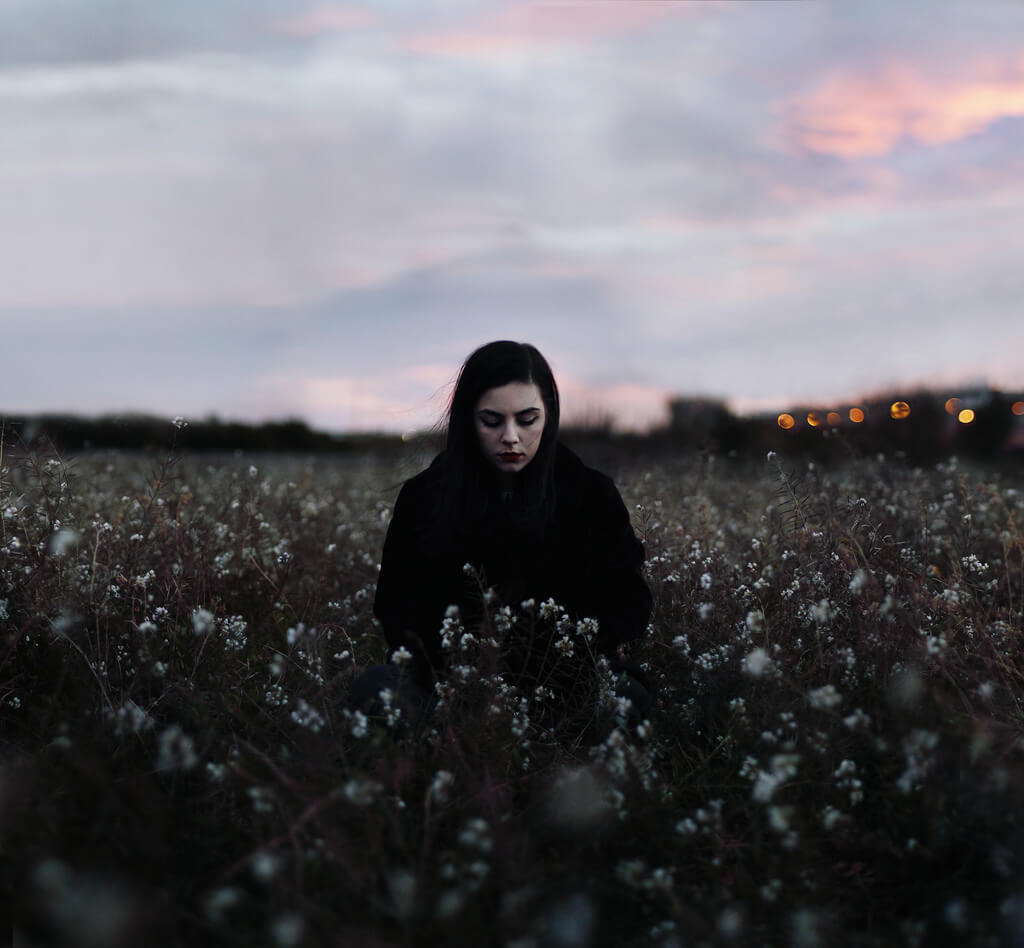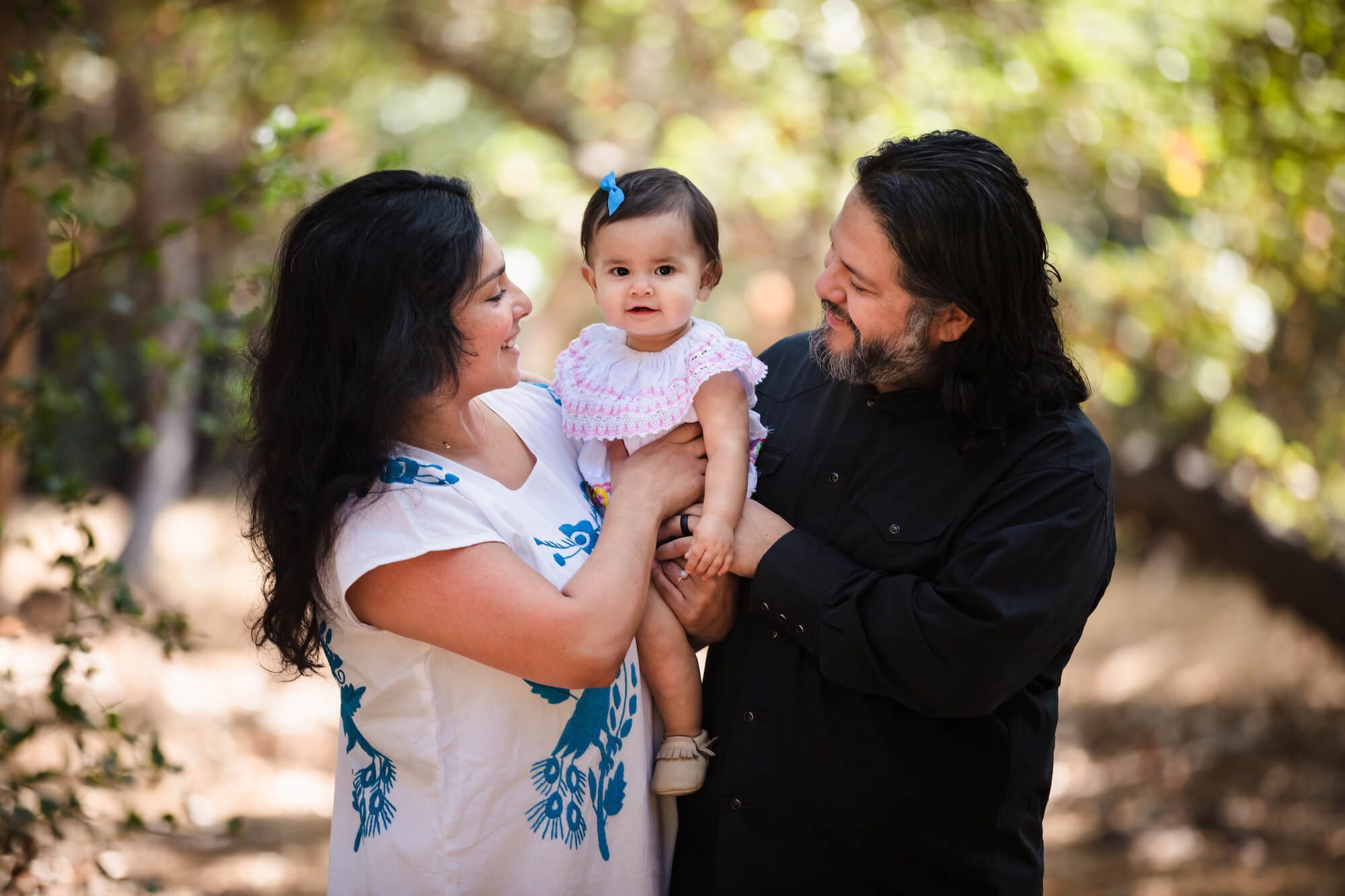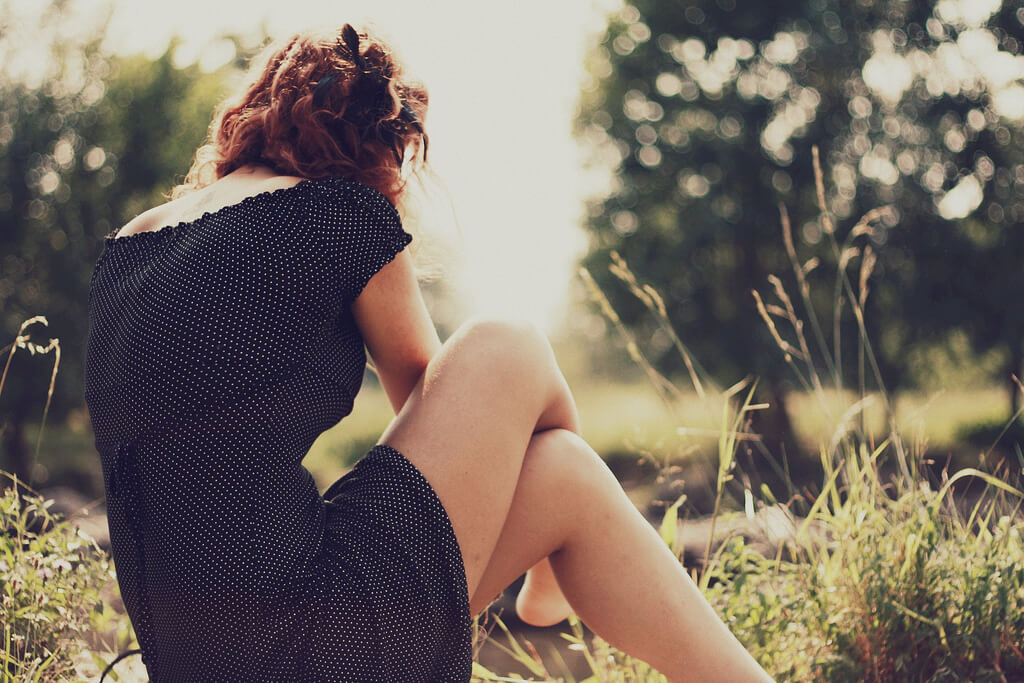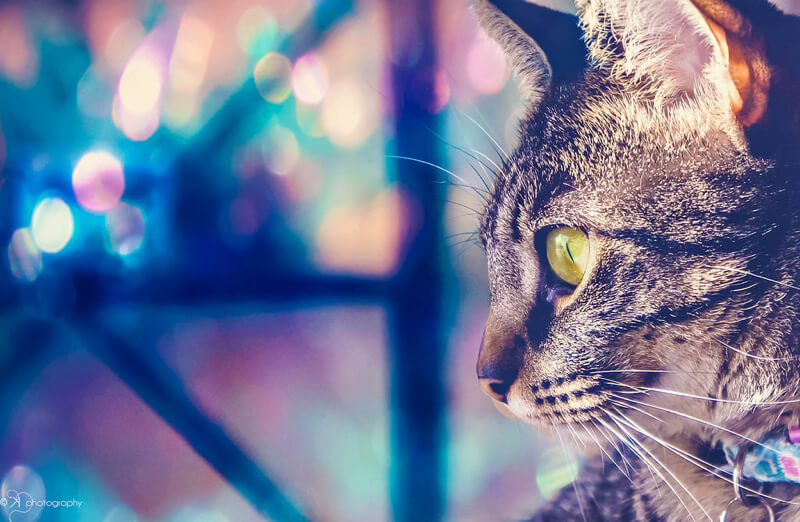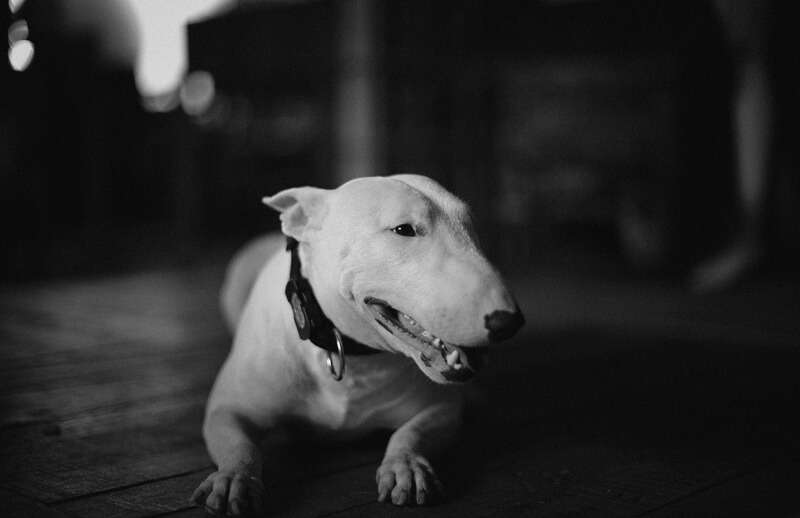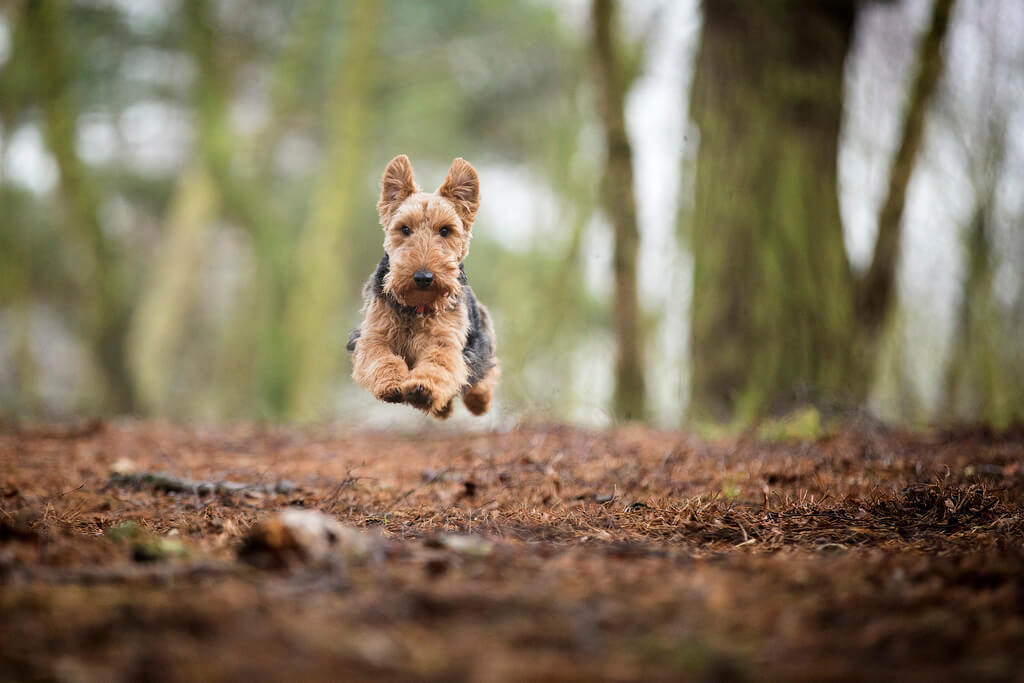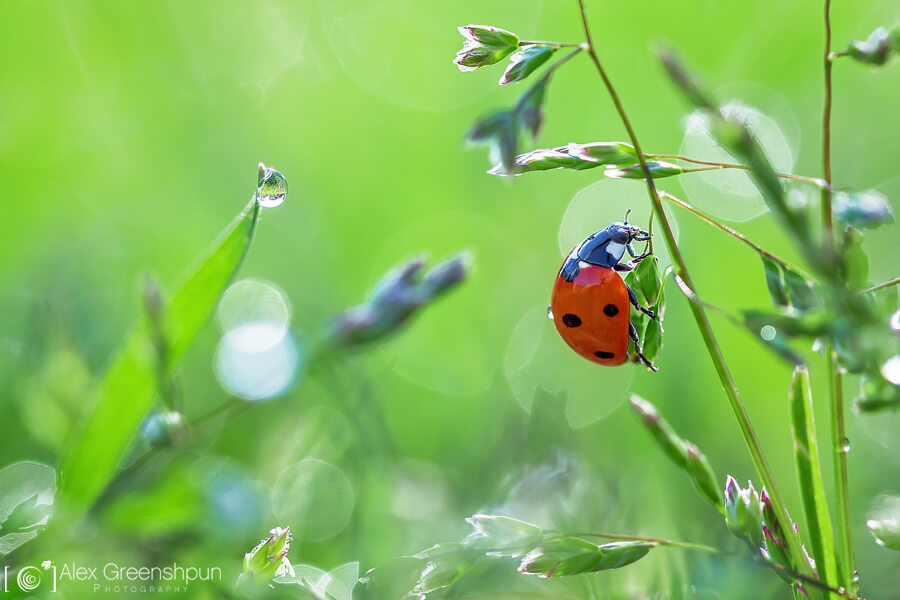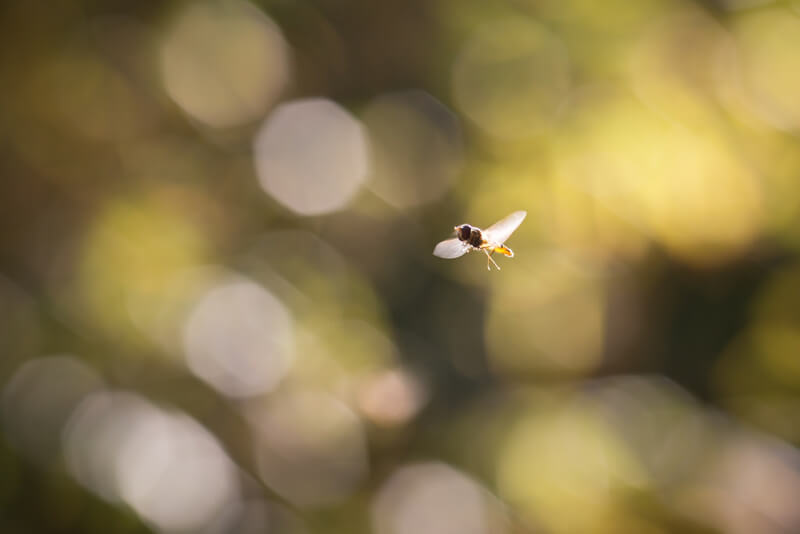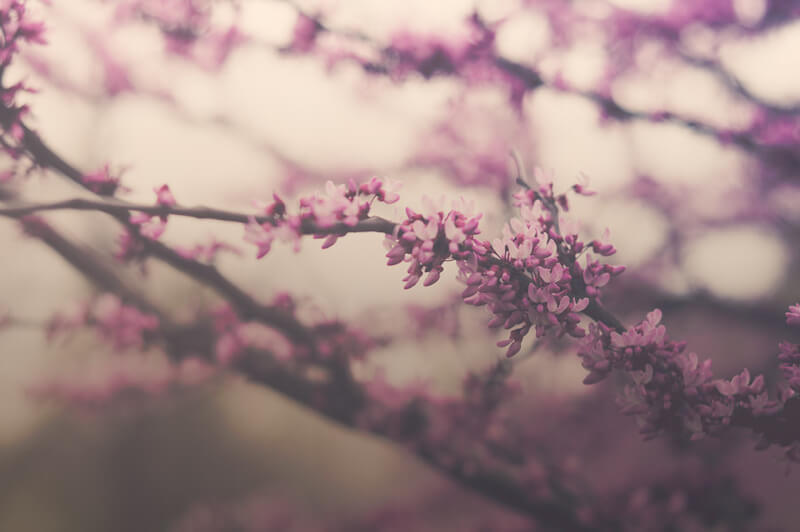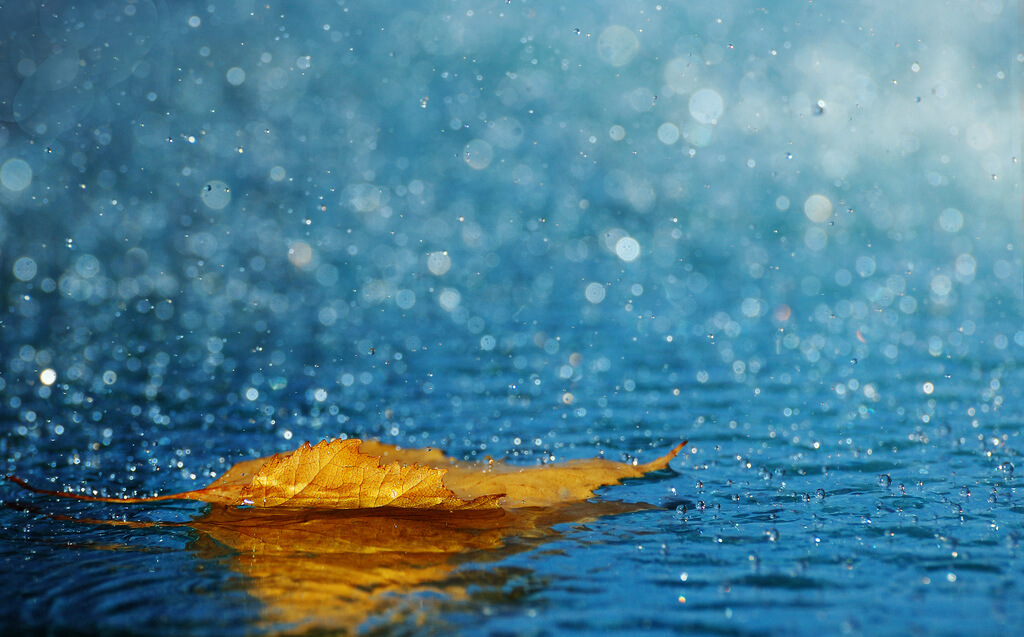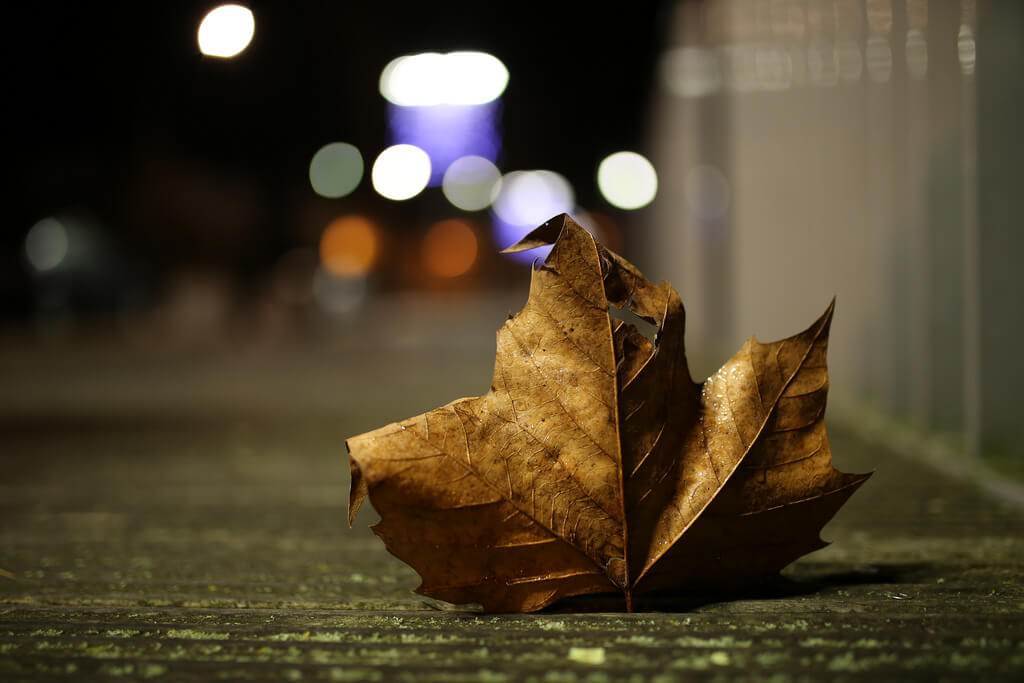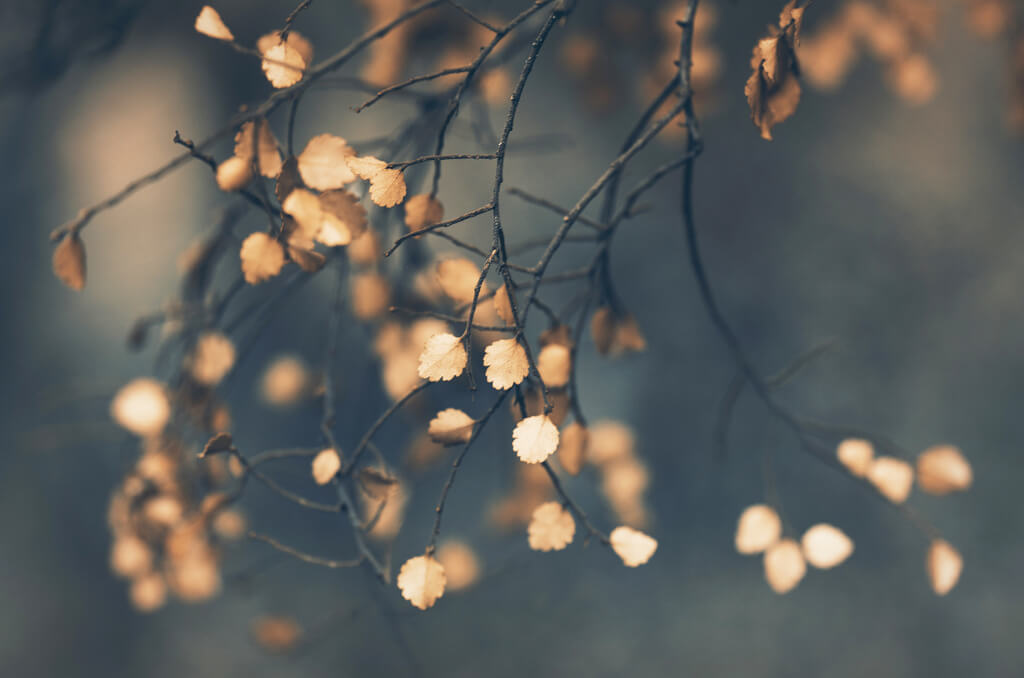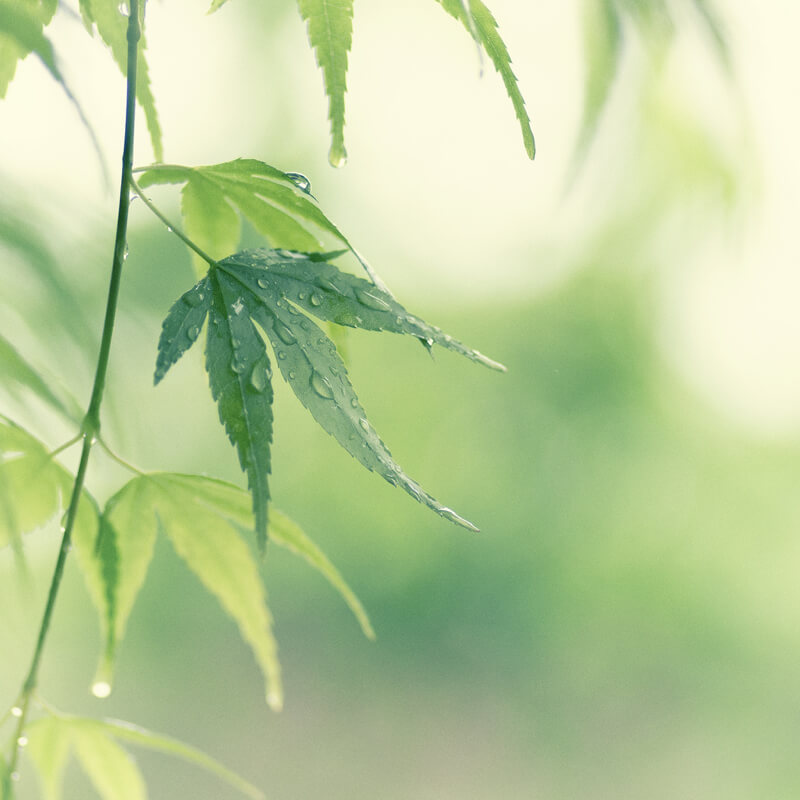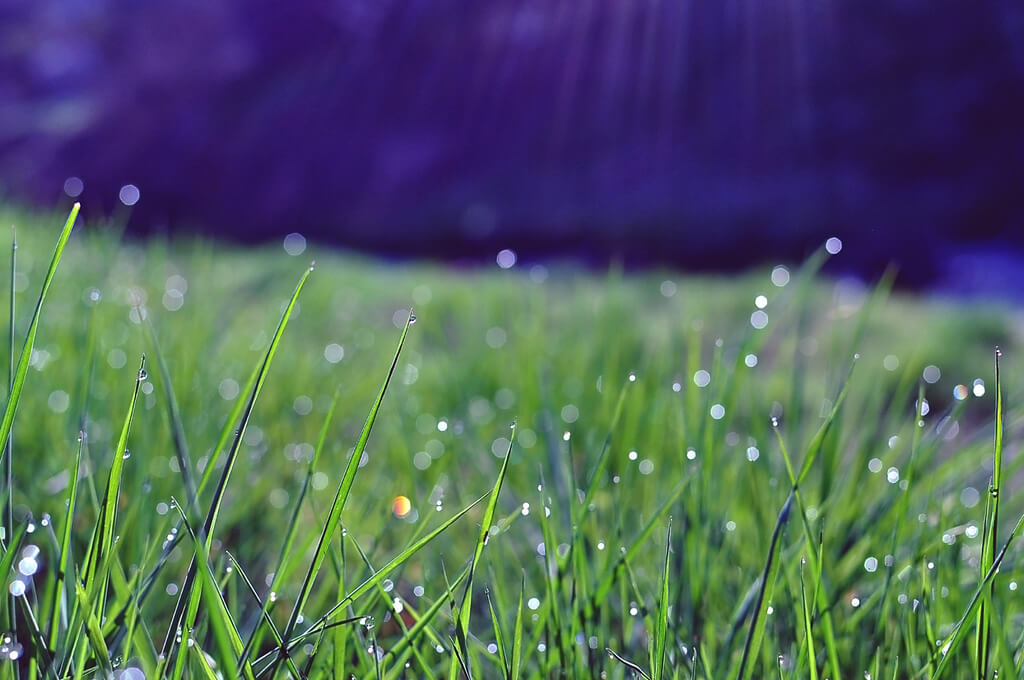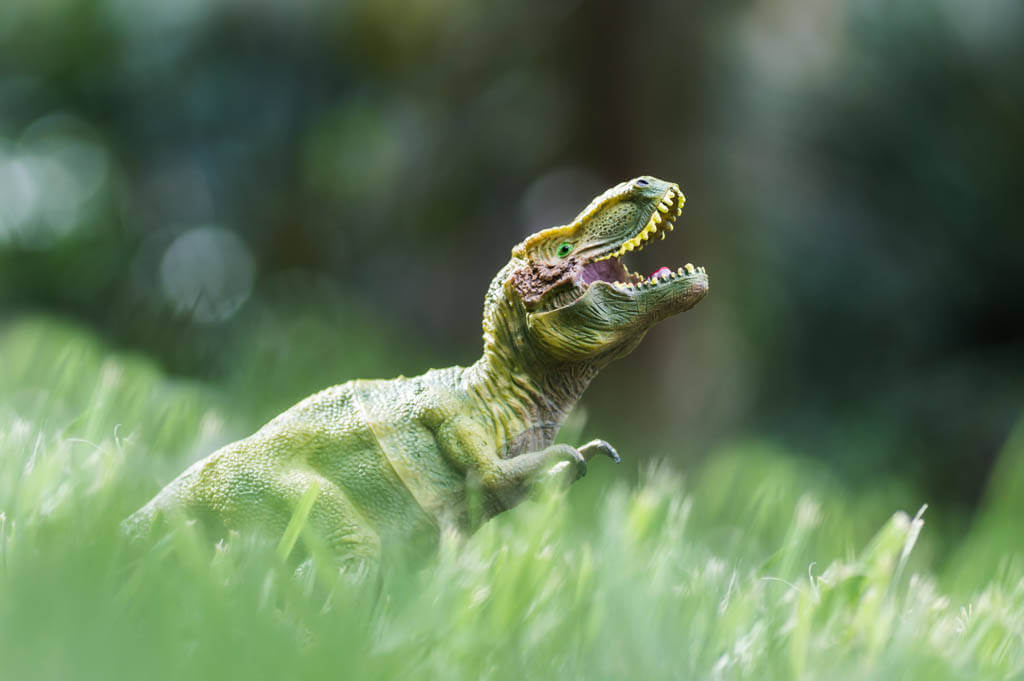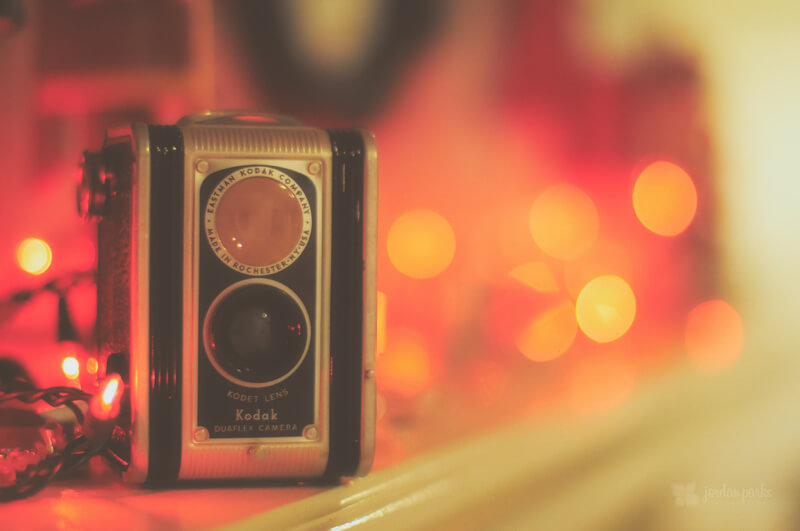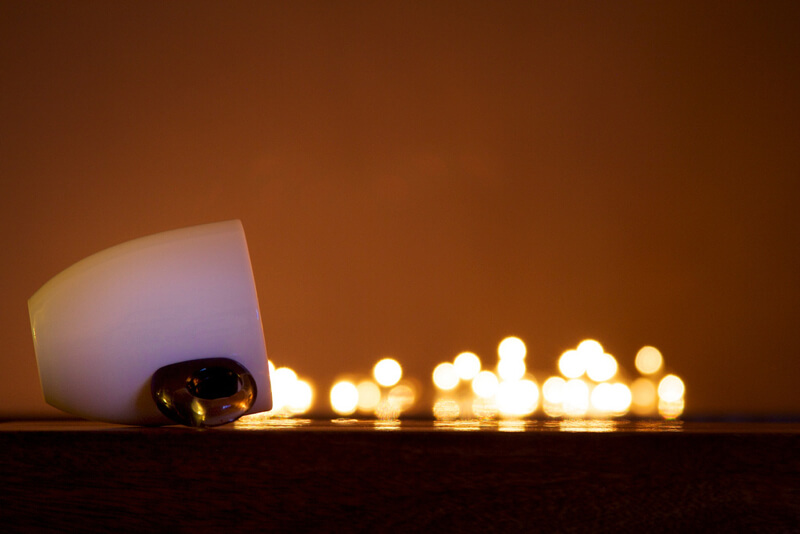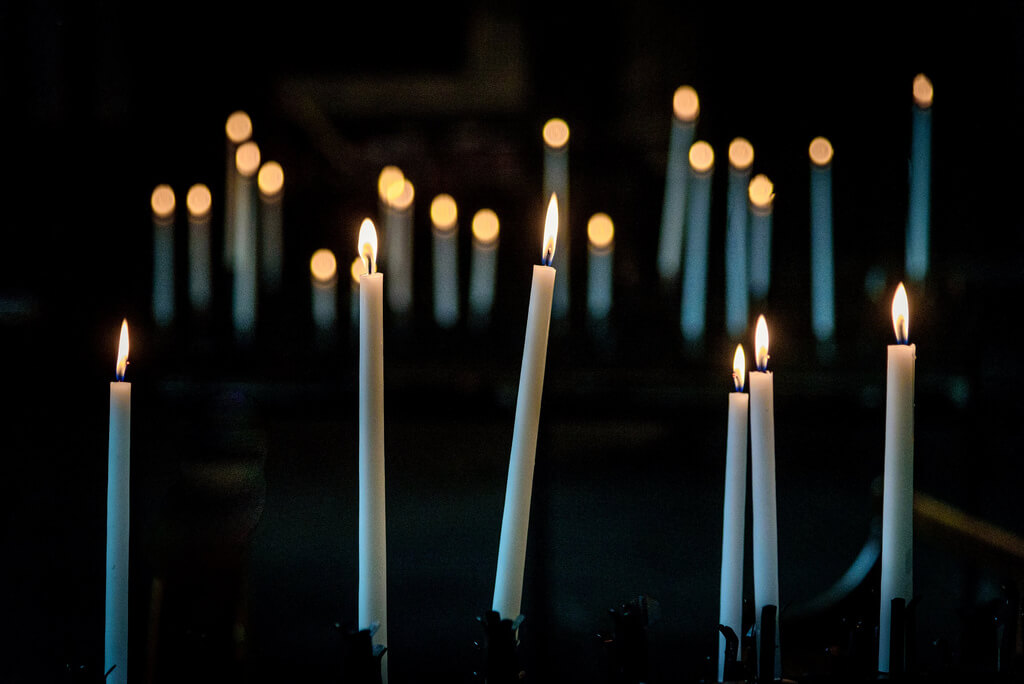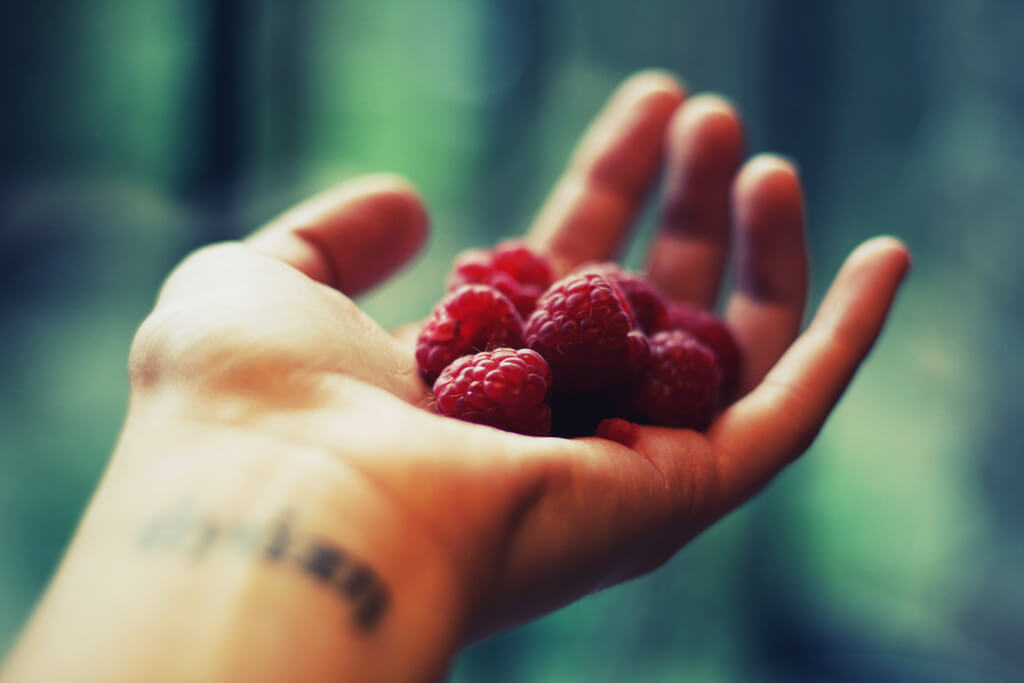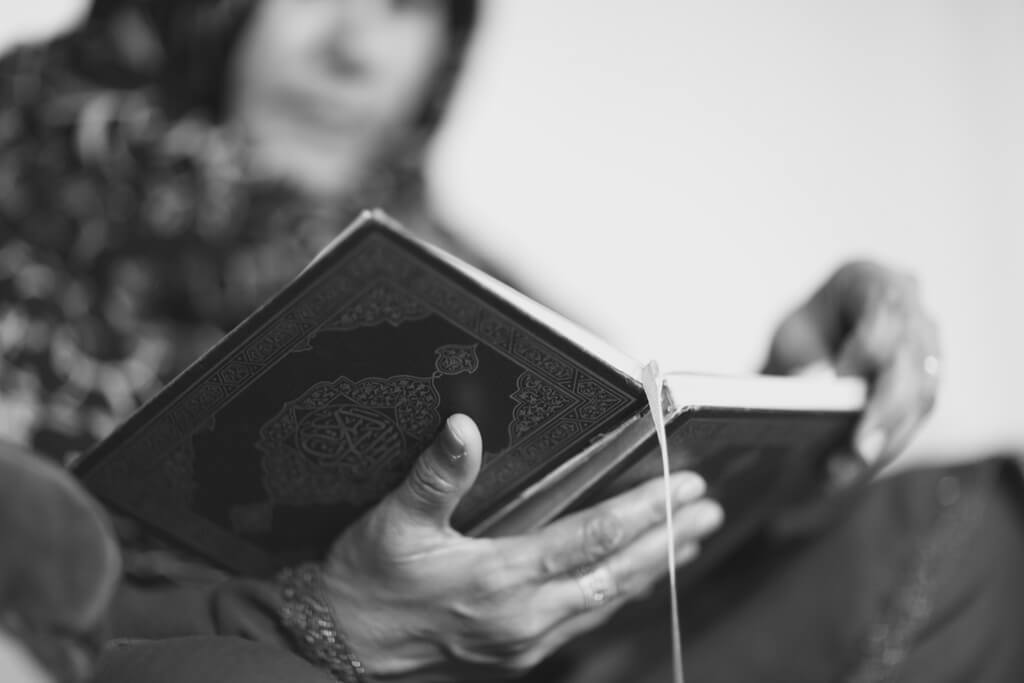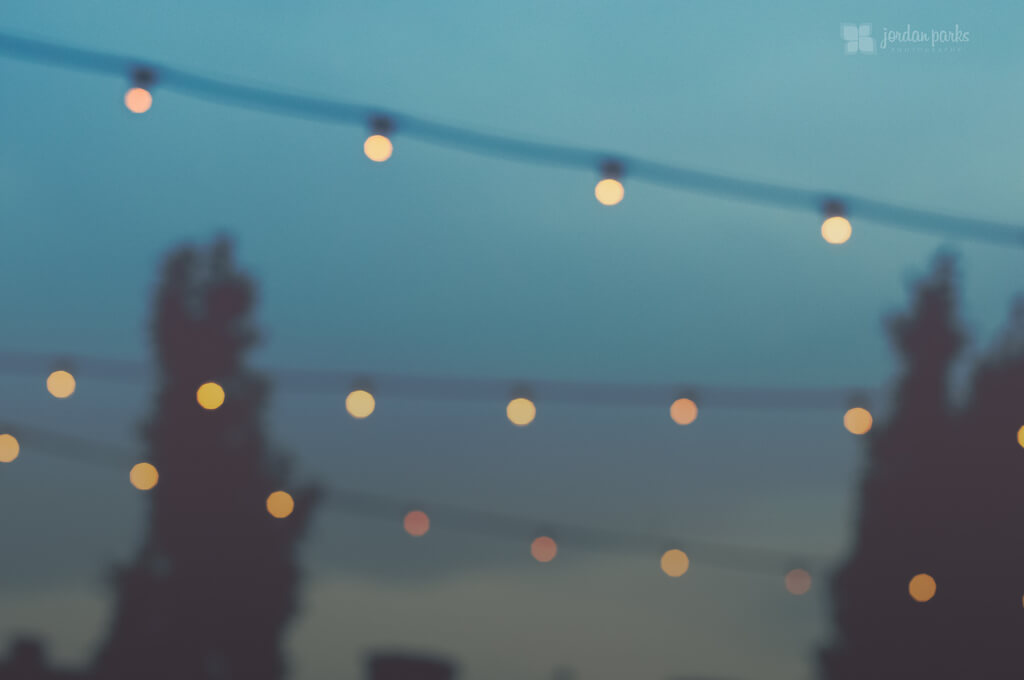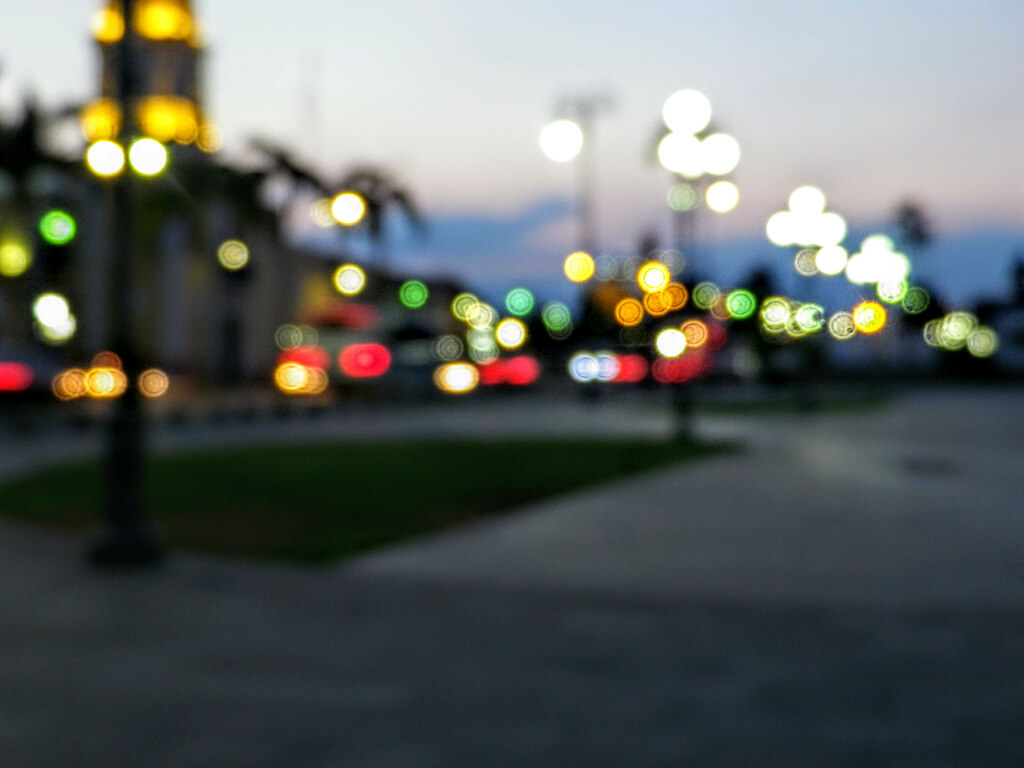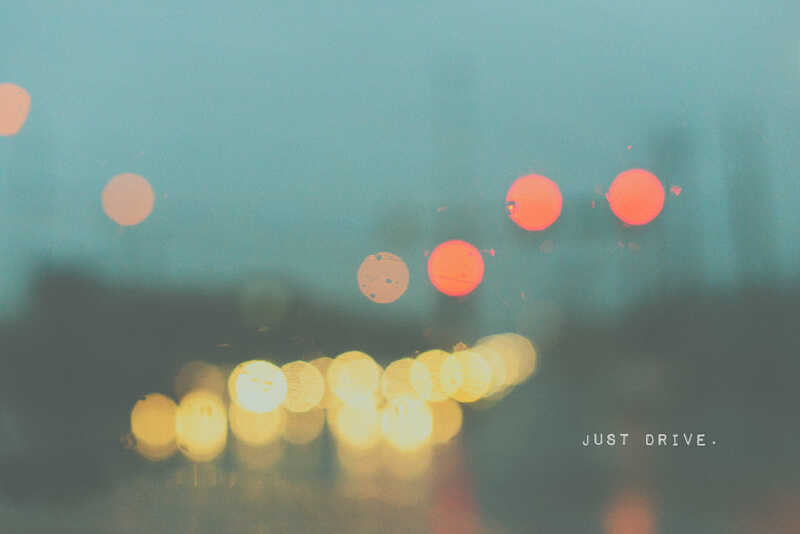Bokeh easily ranks among the most popular photography effects, perhaps because it’s powerful yet easy to do. The bokeh effect — from the Japanese ‘boke’, meaning ‘blur’ or ‘haze’ — is the blurring of a photo, or more precisely, the aesthetic quality of the blurring. You can create this blurring by using a shallow depth of field. Photographers typically use bokeh to create a number of striking light effects, or they simply highlight a subject and keep the rest of the image out of focus.
At first, you may be tempted to use bokeh for everything. But as with any technique, using bokeh does not guarantee your photos will be amazing. Not every subject lends itself well to bokeh. For instance, if you’re photographing a broad scene or landscape, a shallow depth of field won’t work. However, if you’re focusing on a single subject, like a cup or a candle, bokeh can prove a good choice.
How to Create Bokeh
To create bokeh, you’ll need a camera (or lens) that allows you to adjust aperture and focal length. An ideal setup would include a DSLR or mirrorless camera with an interchangeable lens that features a large maximum aperture (f/1.4-f/2). If you’re using a smartphone, you can only mimic bokeh through a special app or in-camera effect. While these bokeh effects can look lovely, they sometimes require a bit of touch up to look convincingly real. At least for now, a wide aperture lens will yield better bokeh results than any smartphone.
Bokeh Basic Camera Settings
Aperture
Start by setting up your camera to optimize bokeh. You need a large aperture, such as f/1.4, f/1.8 or f/2. Aperture settings affect the depth of field. In bokeh photography, you want a shallow field depth, which means a low f-stop number. This allows you to apply the technique of blurring to the background while your subject remains in focus. Set your camera to aperture priority.
Shutter Speed
In aperture priority mode, you can either let your camera determine your shutter speed or use customized settings of 1/50 second or faster. If you go slower than this, the background blurs too much, negating the circled light effect. This can darken an image, but don’t be tempted to go for a higher f-stop number. Try instead to increase the ISO level.
Subjects and Lighting
Bokeh is easier to achieve if you can get close to your subject. If necessary, use your zoom to help. You’ll also find that when the background is bright — i.e. street lamps at night or bright sun behind your subject — bokeh will occur more naturally.
How to Create Bokeh Photography Shapes
To get bokeh that’s a certain shape, like hearts or stars, you can create a bokeh filter or buy a bokeh kit, which includes all sorts of shapes.
Beautiful Examples of Bokeh Photography
Below are a few genres/subjects that work remarkably well with bokeh, plus 40 beautiful examples to inspire your own bokeh photography.
Portraits
Bokeh works well for portraits because it minimizes distractions, keeping the viewers’ attention on the model. It can also beautify an ugly background, too. For instance, you can turn a grungy urban background into a picturesque evening scene through bokeh. This is one of many ways to make the most of a less-than-ideal location.
Bokeh can also be an effective way to add interest to portraits that lack eye contact, e.g. if the model is turned away from the camera. Without this eye contact, viewers are more likely to place their attention on the rest of the photo. If the background isn’t especially interesting, you can make it more interesting and beautiful with bokeh.
However, some portraits are better off without bokeh. For instance, you might want to use the surrounding environment to tell a story about the person, or vice versa – using the portrait to tell a story about the environment. In both cases, bokeh could get in the way of establishing this connection and narrative.
Amine Fassi – Neighborhood glows – 3

Sergio Cabezas – you can’t hide me
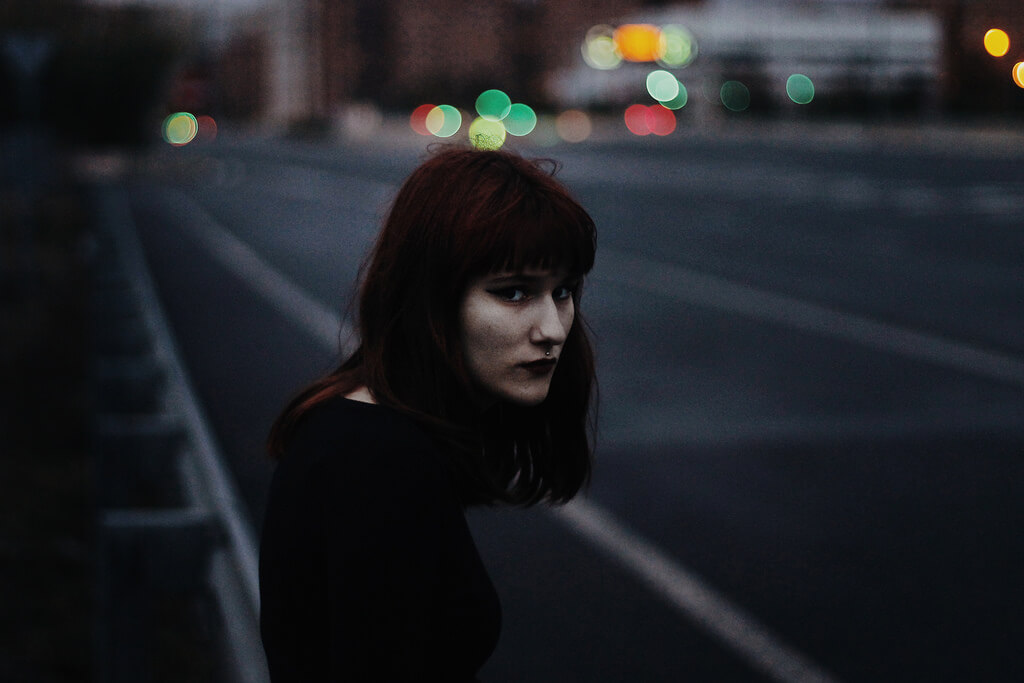
Cats and Dogs
The beauty of bokeh compliments the beauty of cats and dogs. Their soft fur and sleek shape matches the softness of bokeh, and their alert eyes match the roundness of bokeh lights.
But even apart from aesthetics, bokeh can useful for cat/dog portraits taken outdoors. Since many cats and dogs have neutral-colored fur that blends in with nature, they may appear camouflaged in an outdoor portrait. By blurring the background and focusing on the cat/dog, you make them stand out despite their camouflage.
Alex Greenshpun — “Climb a tree” they said
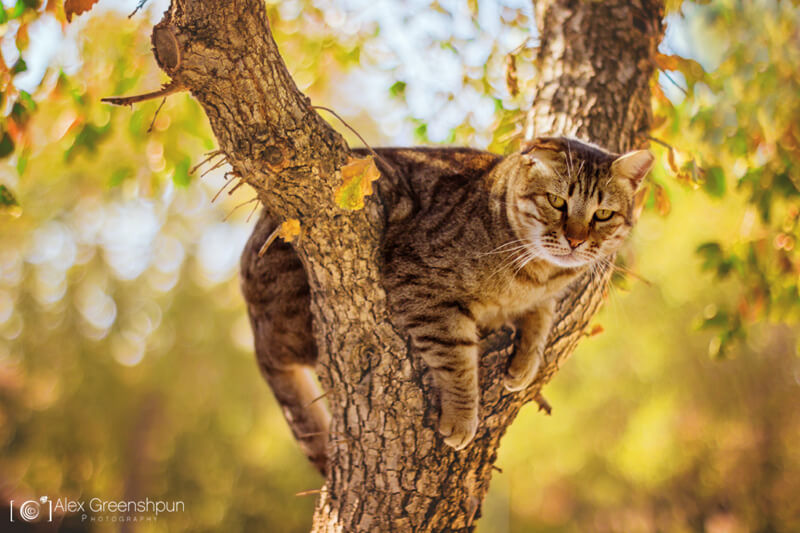
Torsten Behrens – Cat Bokeh – Schleswig-Holstein – Germany
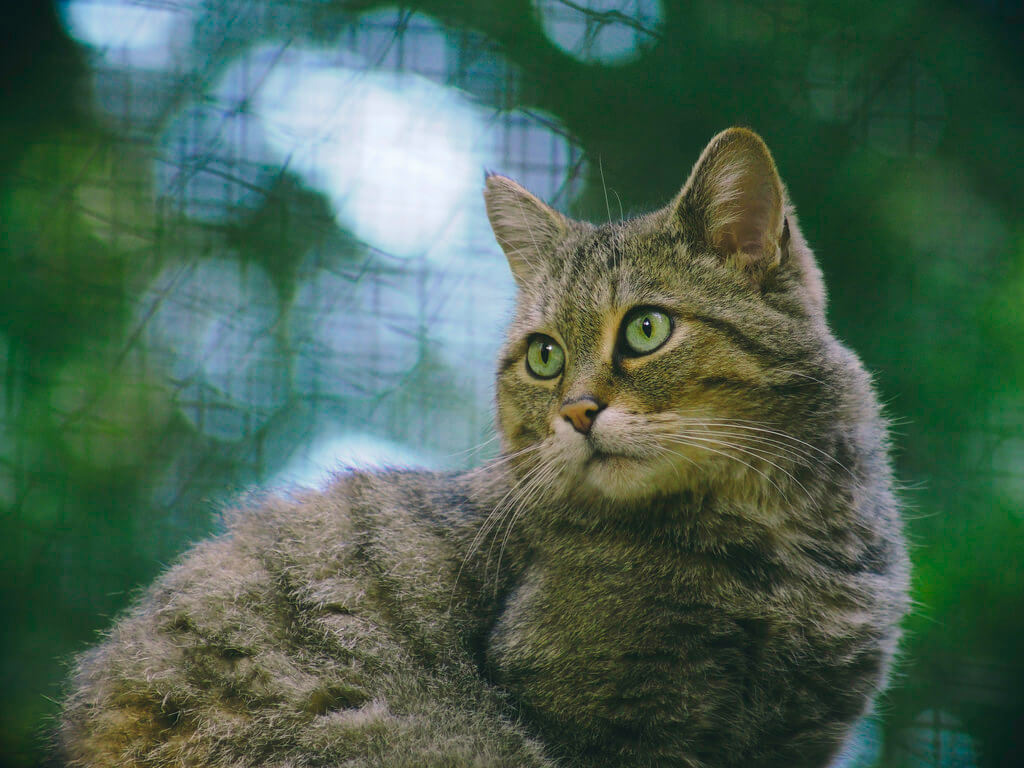
Insects
To get an excellent close-up shot of an insect, you may need to experiment with macro photography – a technique that goes hand-in-hand with bokeh photography. But even if you aren’t taking a macro shot, you can use bokeh to make a tiny insect more noticeable among the surrounding foliage.
Bokeh can also add textural contrast to an insect image. If the insect you’re photographing has a hard outer shell (like ladybugs and beetles), this hardness can contrast the softness of bokeh. At the same time, the roundness of the shell matches the roundness of the bokeh lights, so the two both compliment and contrast each other.
Gabriel Caparó – The Last Visitor
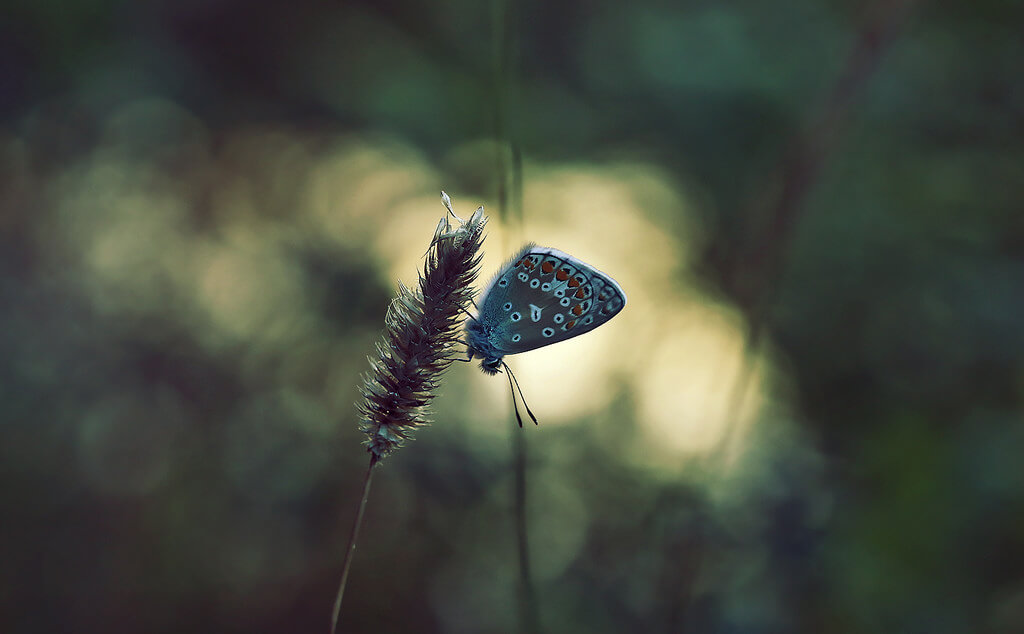
Joel Olives – Revisiting an old favorite
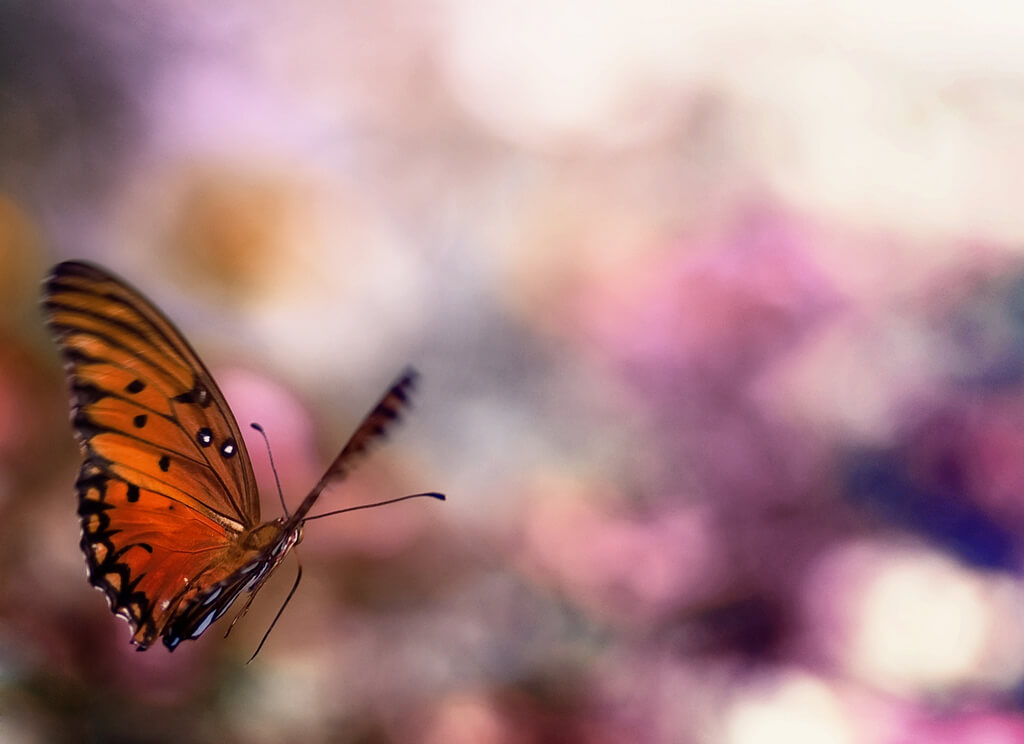
Flowers
Flowers also fall on the list of one of the most popular subjects for bokeh photography. Besides being lovely, flowers have a soft aesthetic that matches the bokeh aesthetic.
In addition, the background of flower pictures tends to be perfect for bokeh. Often, there are other flowers or greenery in the background, which blend beautifully together.
Be careful not to overdo the bokeh, though. If the bokeh circles are too big, they can distract from the flower, especially if the flower is small. Smooth, blended bokeh is typically a better choice.
Bryon Lippincott — Petal Perfect
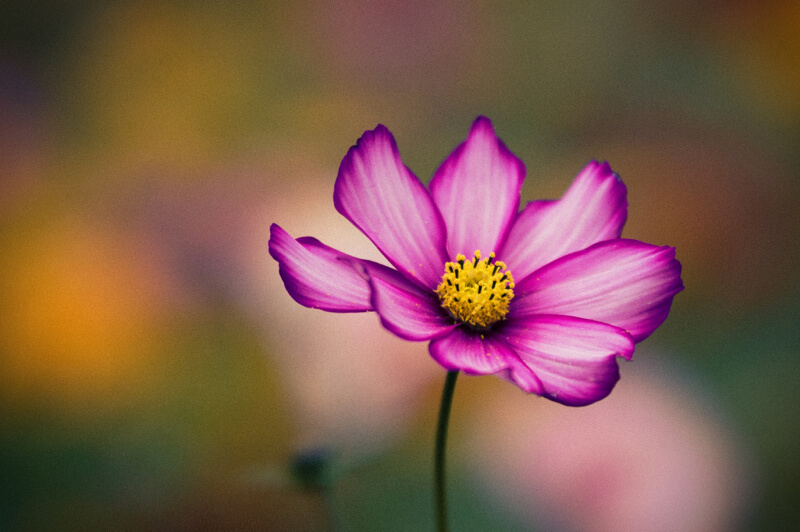
Wicaksono Trian Islami — Flowers II
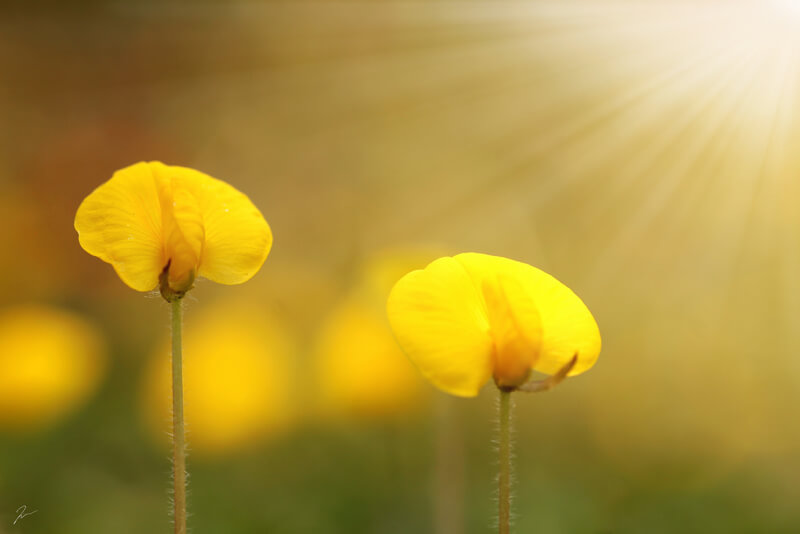
Roelof de Hoog — Field of colors
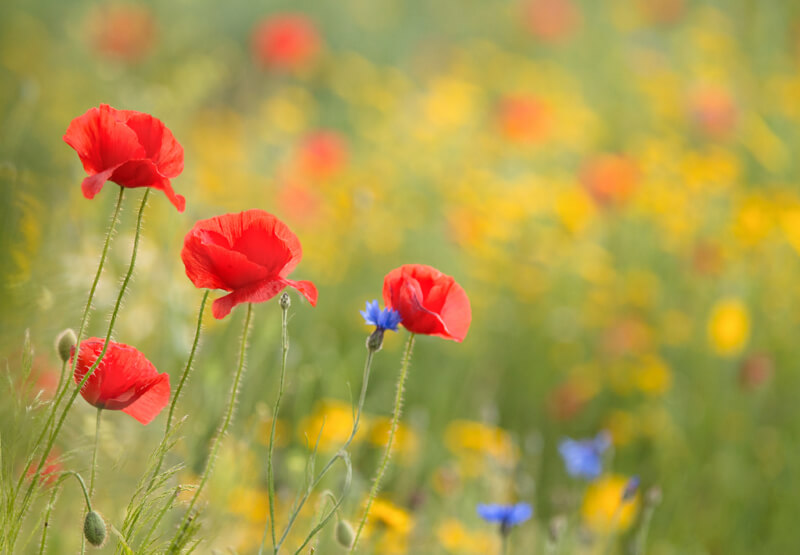
Alex Greenshpun — One of a Kind
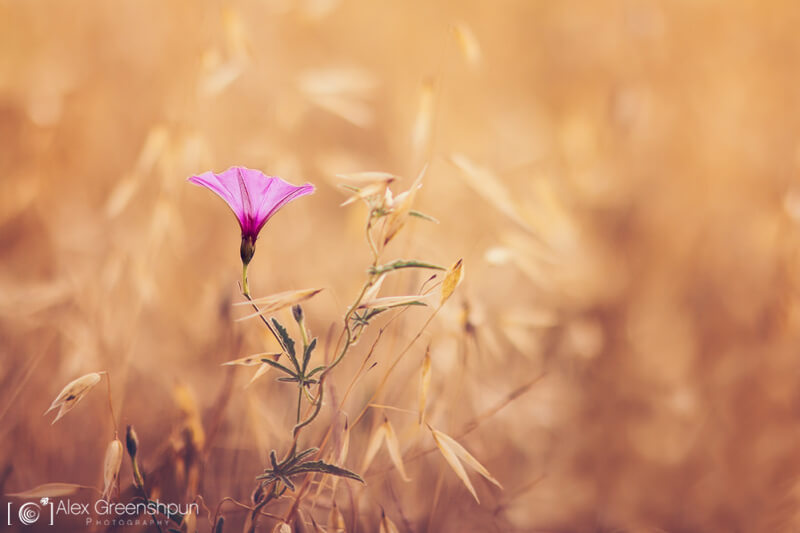
Leaves
Like flowers, leaves tend to have a great background for bokeh. But unlike a flower, you can easily move a fallen leaf or a branch of leaves to get the perfect lighting and composition. You can also work with larger bokeh circles, depending on the leaf and the setting.
For example, if the leaf is large and dull-colored, bright bokeh lights can add interest to the photo. Similarly, if there’s a strong color contrast between the leaf and the background, you can add bokeh circles without distracting from the leaf.
Alex Greenshpun — Voyage to Lilliput Continues
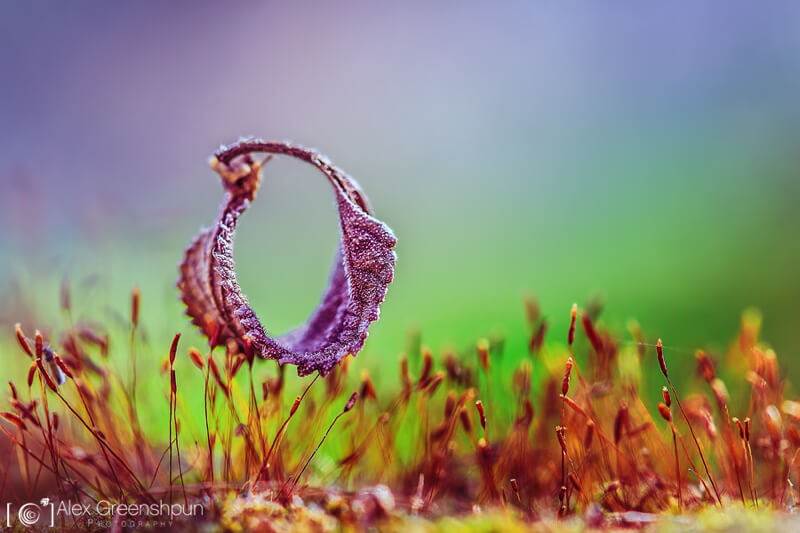
Grass and Mushrooms
Grass can be a brilliant bokeh subject, especially when it’s glistening with dew in the morning. This dew creates lovely bokeh circles, which contrast the sharp blades of grass. You can also add other subjects to a grassy setting, such as pine cones or small toys.
If you’re lucky, you may even find some mushrooms in the grass. Mushrooms have a cute, peculiar appearance that’s perfect for close-up photos. With bokeh, you can bring out even the smallest mushrooms, so viewers can appreciate their quirky beauty.
Anne Worner – Glow – Joy and Hope
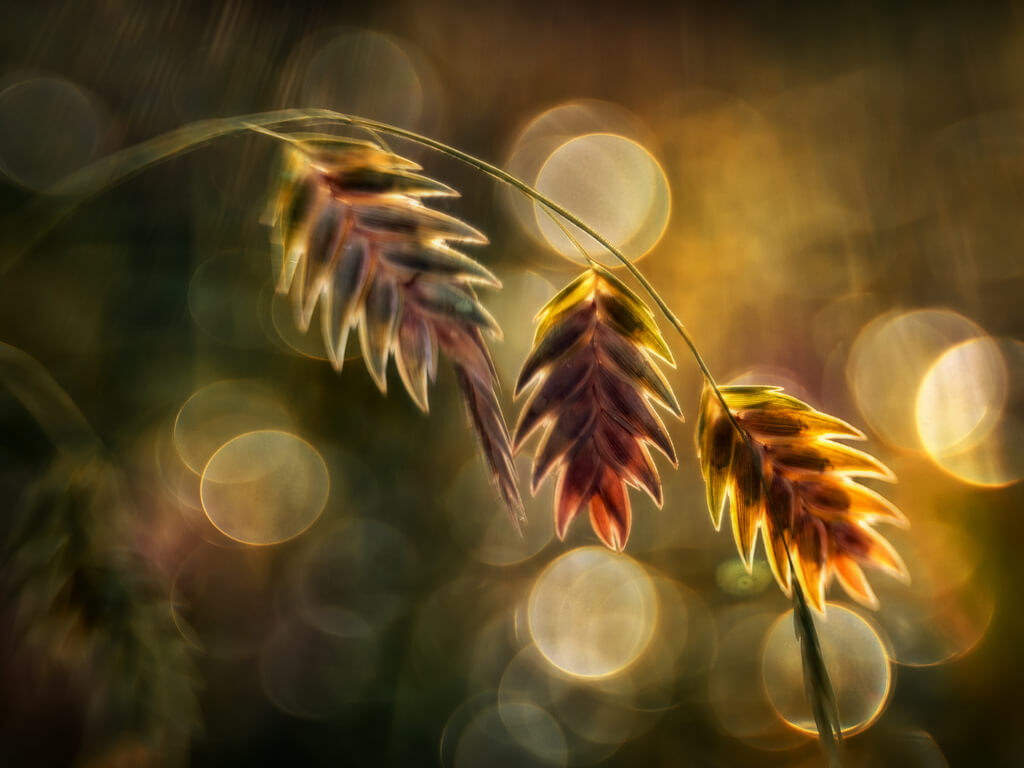
Piotr Szczepankiewicz – Pine Cone 1
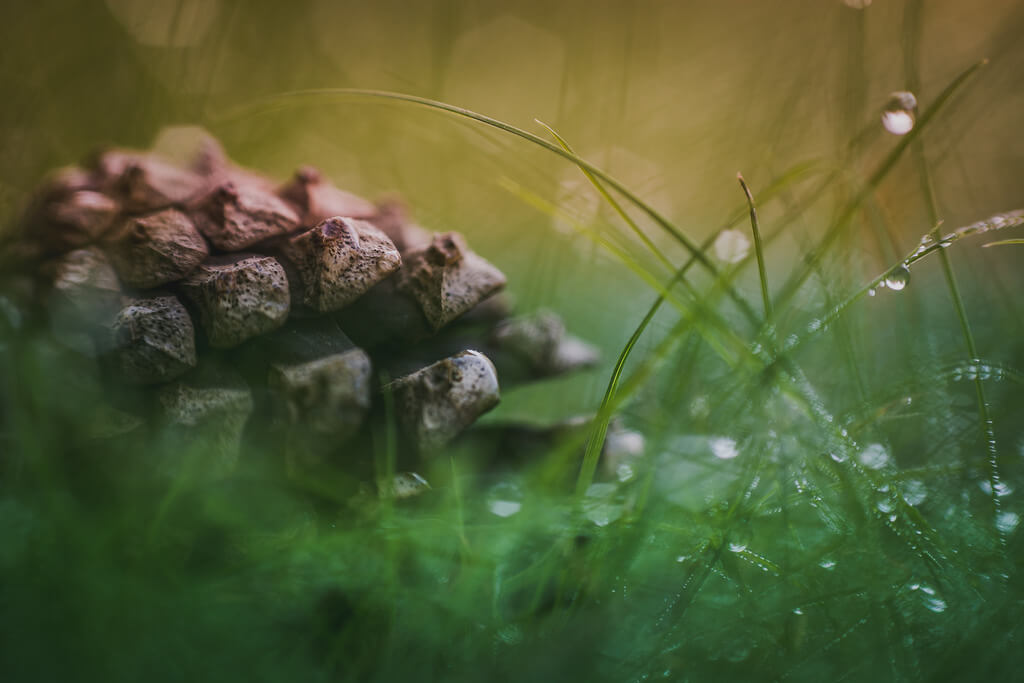
Andreas Kretschmer – Herbstleben

Bastian_Schmidt – Small things
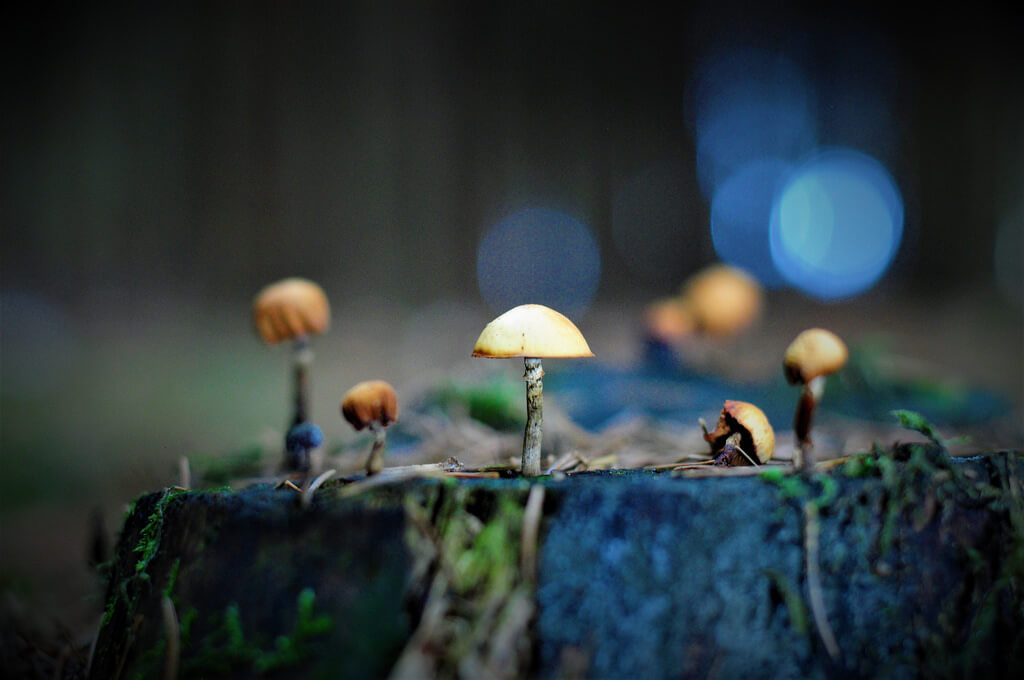
Still Life
Many of the best bokeh subjects tend to be outdoors, where backgrounds are more colorful and interesting. But you can also get great bokeh shots indoors through still life photography. Because still life photos allow you to position your subject and choose the background, you have countless options for creating cool bokeh images.
When choosing the background for a bokeh image indoors, consider what objects and light sources would blend best together. Small lights, like candles or Christmas lights, often work wonderfully because they allow for more bokeh circles. Something familiar and distinctive, such as a hand or a face, can also be a good choice.
Lights
With the right background lights, you can make bokeh your main subject, blurring the entire photo. This approach can work particularly well when you’re photographing city lights. The glow from traffic lights, street lamps, and windows at night are so familiar that viewers can imagine the scene, even when it’s blurred. They get the beauty of bokeh while still recognizing the setting and feeling its atmosphere.
Tenia Prokalamou – Dear forever, you didn’t last
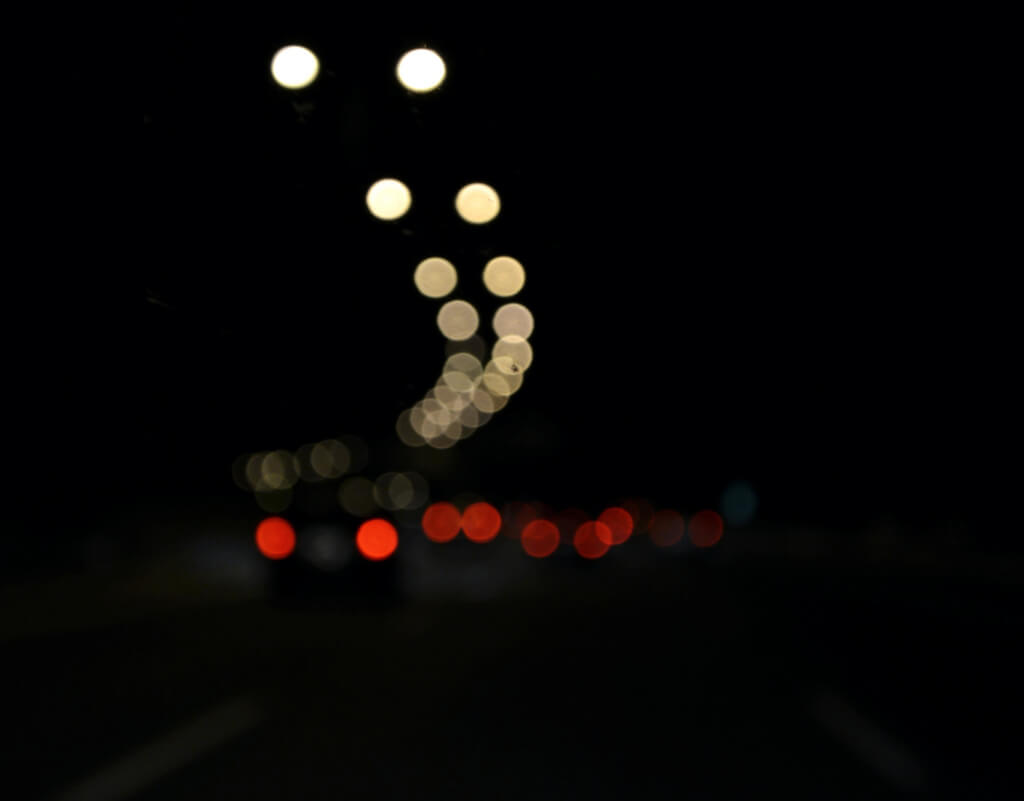
Many of the above photos were selected from our talented Flickr group. Got a nice bokeh image? Add it to the group so we can admire your work!
